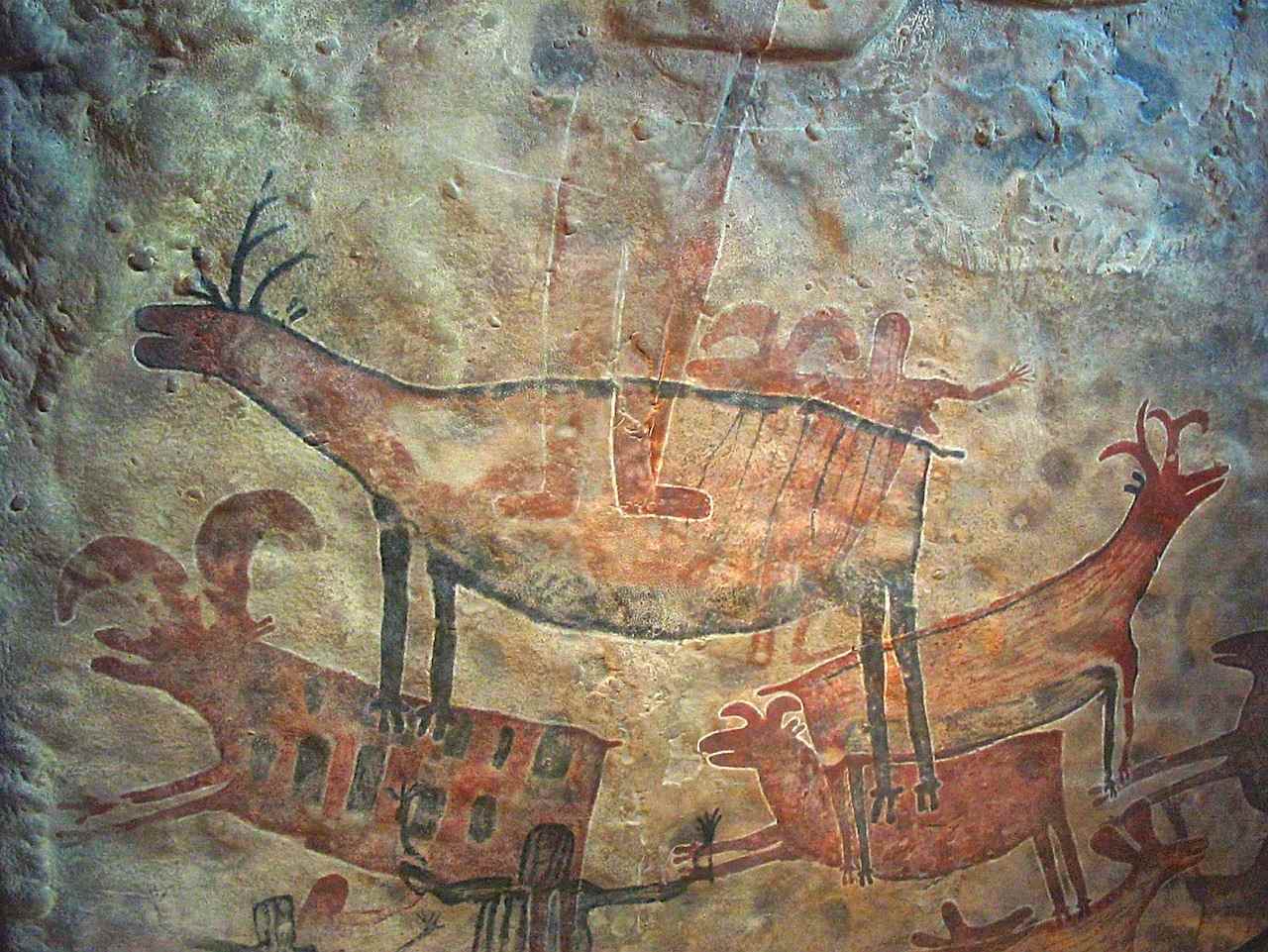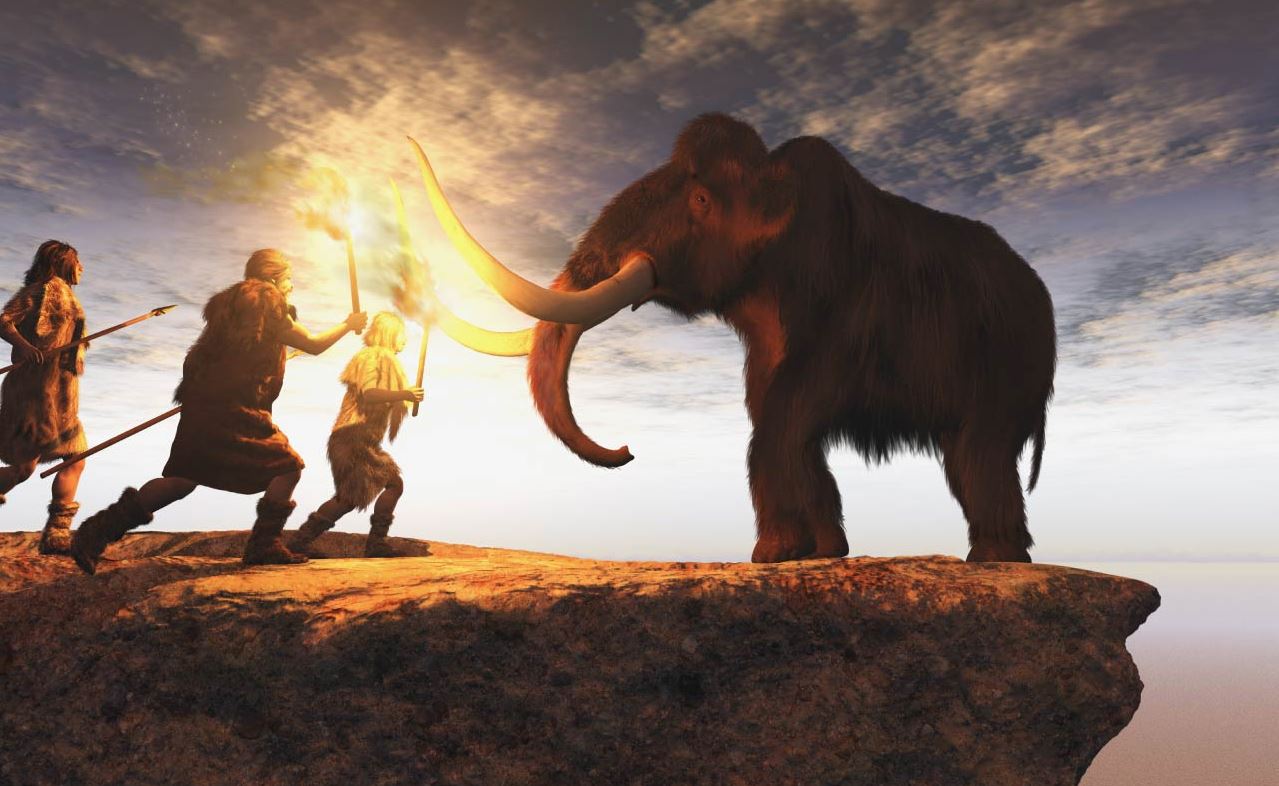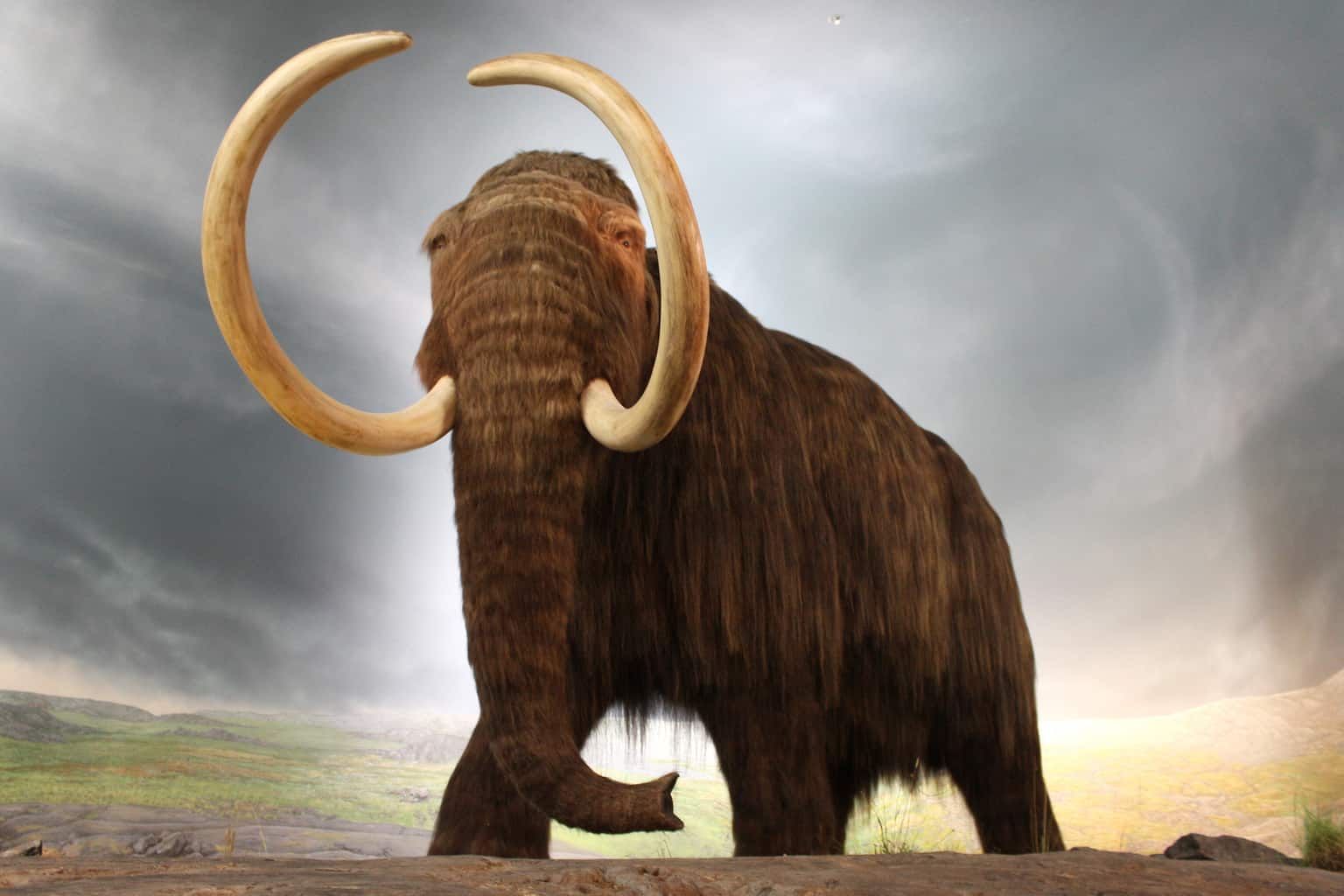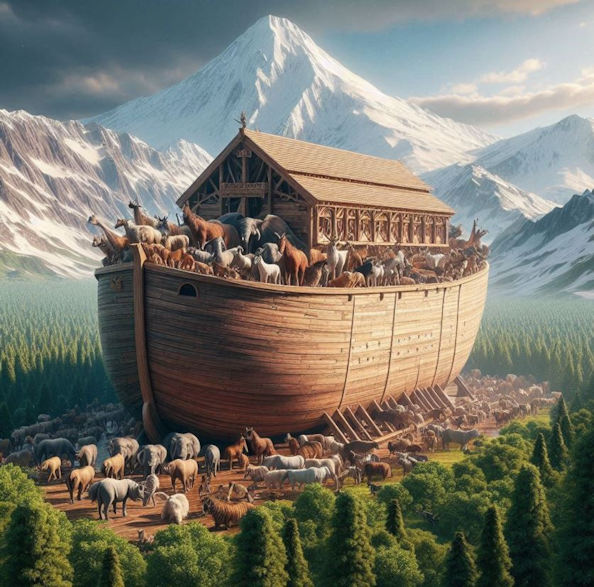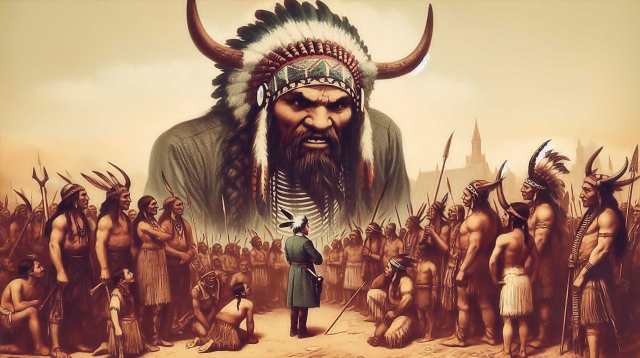There is a now at belief, because of recent scientific evidence, that humans first arrived on the continent of North America at least 20,000 years ago, which is 5,000 years earlier than the previous commonly accepted notion. The first humans came in great multitudes by crossing into America from Siberia during the end of the last ice age, when the Bering Strait was a land bridge that emerged after glacier and continental ice sheets froze enough of the water of the world to lower than sea level, as much as 400 feet below what it is today.
The Bering Strait is a strait ( a narrow passage of water connecting two seas or two other large areas of water) between the Pacific Ocean and the Arctic Ocean, separating the Chukchi Peninsula of the Russian Far East from the Seward Peninsula of Alaska.
The Ice Age began 2.4 million years ago and ended 11,500 years ago. At this time, the climate of the earth repeatedly changed between very cold periods, when glaciers covered large parts of the world, and very warm periods when many glaciers melted. What caused the Ice Age is when the earth, in its orbit, began to tilt further away from the sun and the resulting climatic conditions. The Ice Age began to end when the earth became more aligned to the sun, and the weather warmed strongly. When humans came to America, there were a great many animals there. There were some animals that today are only found in Asia and Africa living in prehistoric America such as camels, and even certain species of lions and cheetahs.
We shall examine a short list and description of what type of animals went extinct shortly after the arrival of mankind to America, who hunted the animals. Primitive men hunted the animals for food for themselves and their families. Animal skins and furs were used for clothing for warmth against the harsh freezing cold. Also, animal skins and furs were used for insulation to help keep in the warmth of the homes of primitive peoples as in caves and rock shelters. Animals previously living in caves and rock shelters were killed by the primitive men, The bones of animals were used for crude, primitive tools. Note: While mammoths, mastodons, giant beavers, and other large animals are on the extinction list, recent scientific evidence indicates that mankind did not kill off all these animals, Mankind killed off the vast majority of large mammals, but climate change and environmental change from over warming temperatures too quickly with the large body size and overspecialization of these animals caused their extinction. This colossal calamity started to occur during the Holocene Age, after the Ice Age ended about 12,000 years ago to about 10,000 years ago.
At least 60 species of creatures went extinct at the end of the great Ice Age of North America. American Lion-this lion was about 25 percent larger than the average modern lion.
Saber Toothed Tiger-Also known as a Smilodon. The Smilodon was not closely related to the tiger or other modern cats. The state fossil of California is the Smilodon.
American Cheetah-similar to a modern day cougar. Camel-also known as camelops.
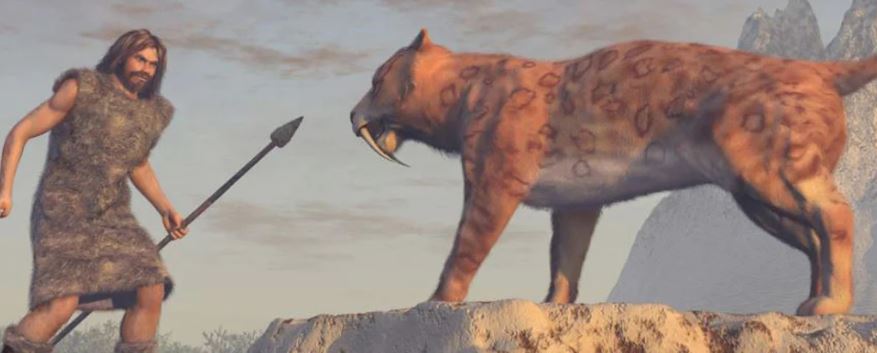
Giant Beaver-their average length was approximately 1.9 meters (6.2 feet), and they could grow as large as 2.2 meters (7.2 feet). Mammoth-a whooly elephant with ivory tusks. Mammoths were grazers, their molars have flat surfaces for eating grass. Mastodon-Mastodons were shorter in size and stockier than mammoths with smaller, straighter tusks. Mastodons were wood browsers and their molars have pointed cones specifically adapted for eating woody browse.
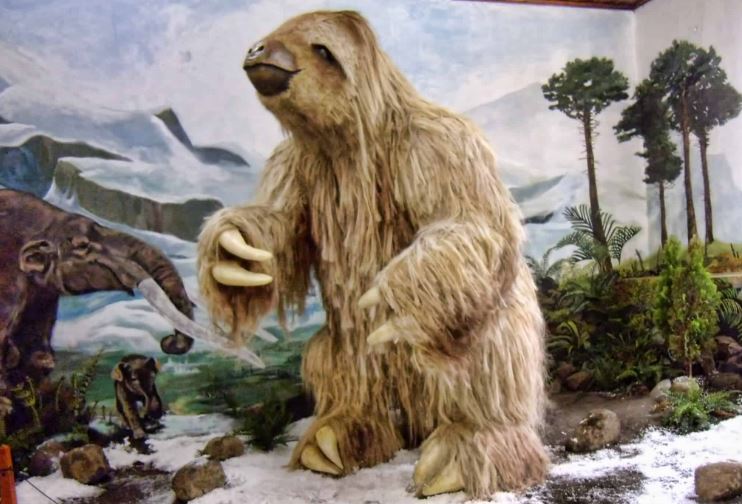
Giant Ground Sloth-the tallest variety of the giant ground sloth was the Megatherium Americanum which towered 3.5 meters (12 feet). Stag Moose(Stag Elk)-this mammal was a deer that was a cross between a moose and an elk and slightly larger than the average moose of today. Short Faced Bear & Giant Short Faced Bear-the giant sized one towered at least 11 feet(3.4 meters) when standing up. The short faced bear is also called the bulldog bear. A short faced bear had very long legs for a bear, and feet that faced forward, rather than inward, as in other bears. Dire Wolf-these wolves were larger than the heaviest of today’s gray wolves.
Glyptodon–a large, heavily armored armadillo. A glyptodon typically measured 3-3.3 meters (9.8-10.8 feet) in length, and 1.5 meters (4.9 feet) in height.
Wild horses-after thousands of years of being extinct, the Europeans, especially the Spanish, brought horses from Europe to the Americas in the 1500’s. Some of these horses escaped from their human owners and became wild horses, then bred and their offspring also became wild horses.
Primitive men in prehistoric times drew colorful pictures of many animals during and after the last great Ice Age on hard surfaces showing many animals that have been extinct for eons.
